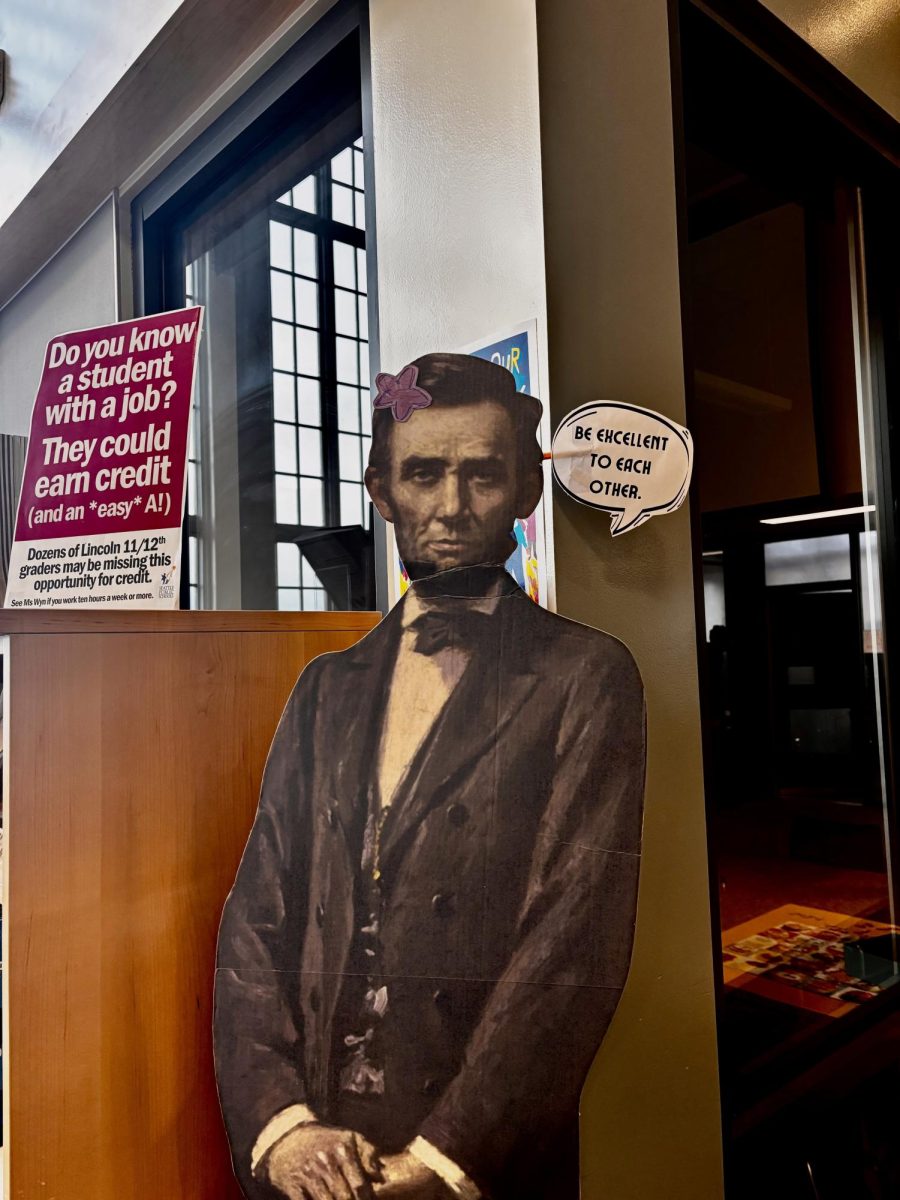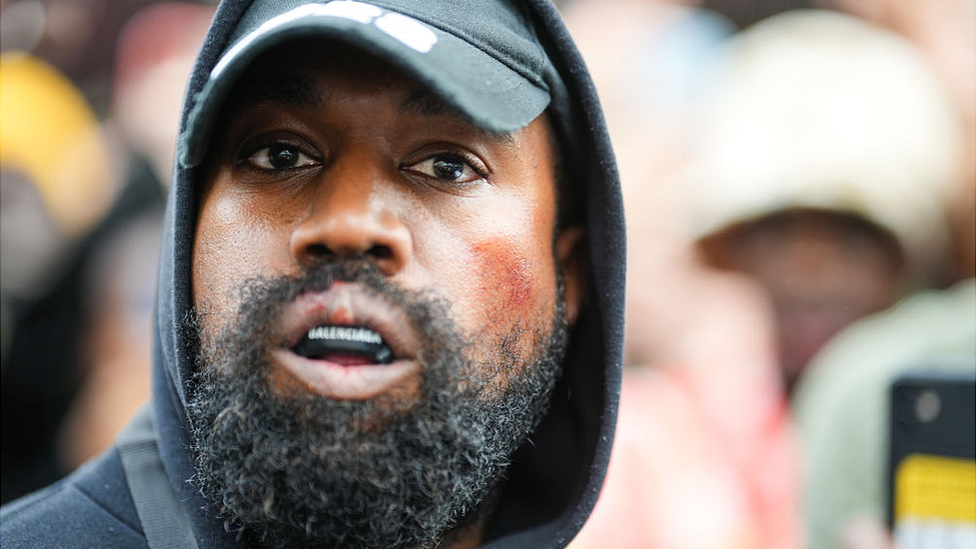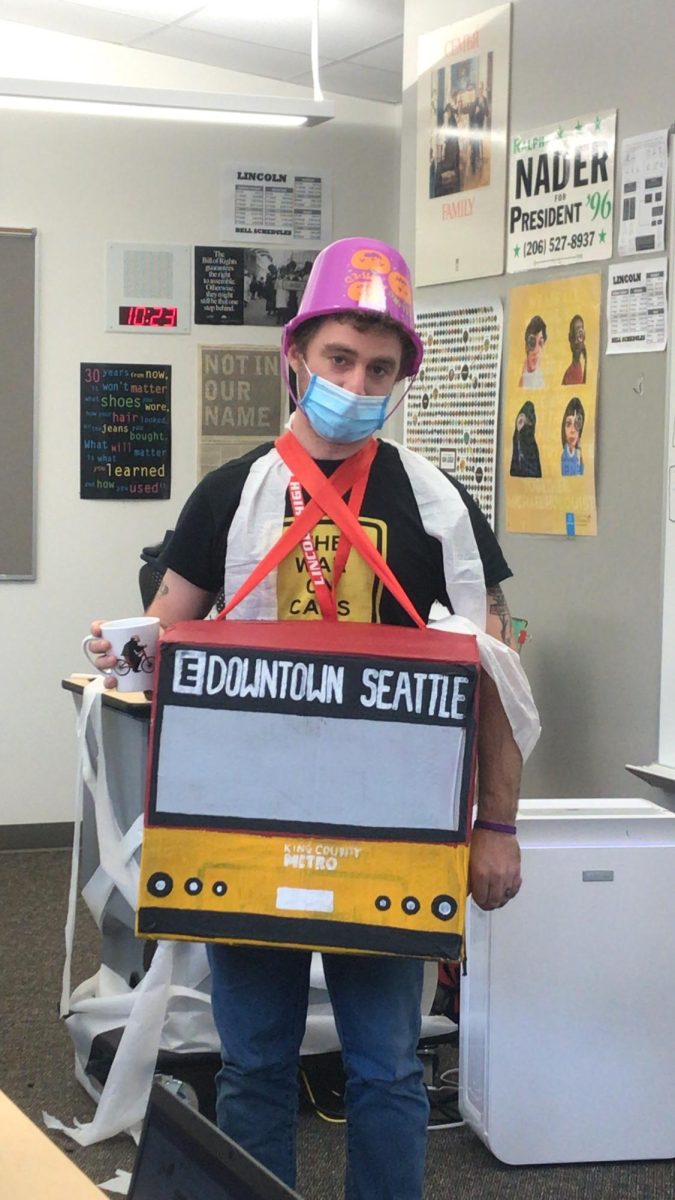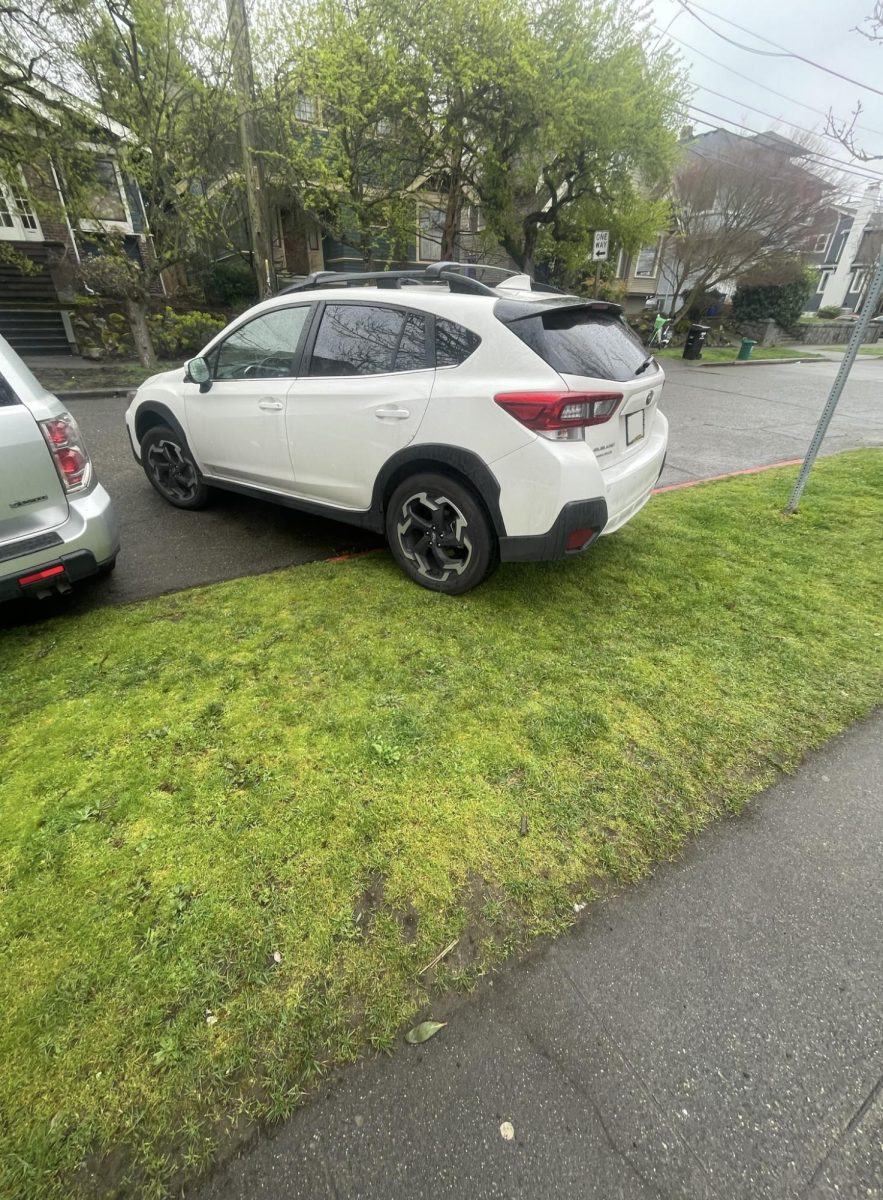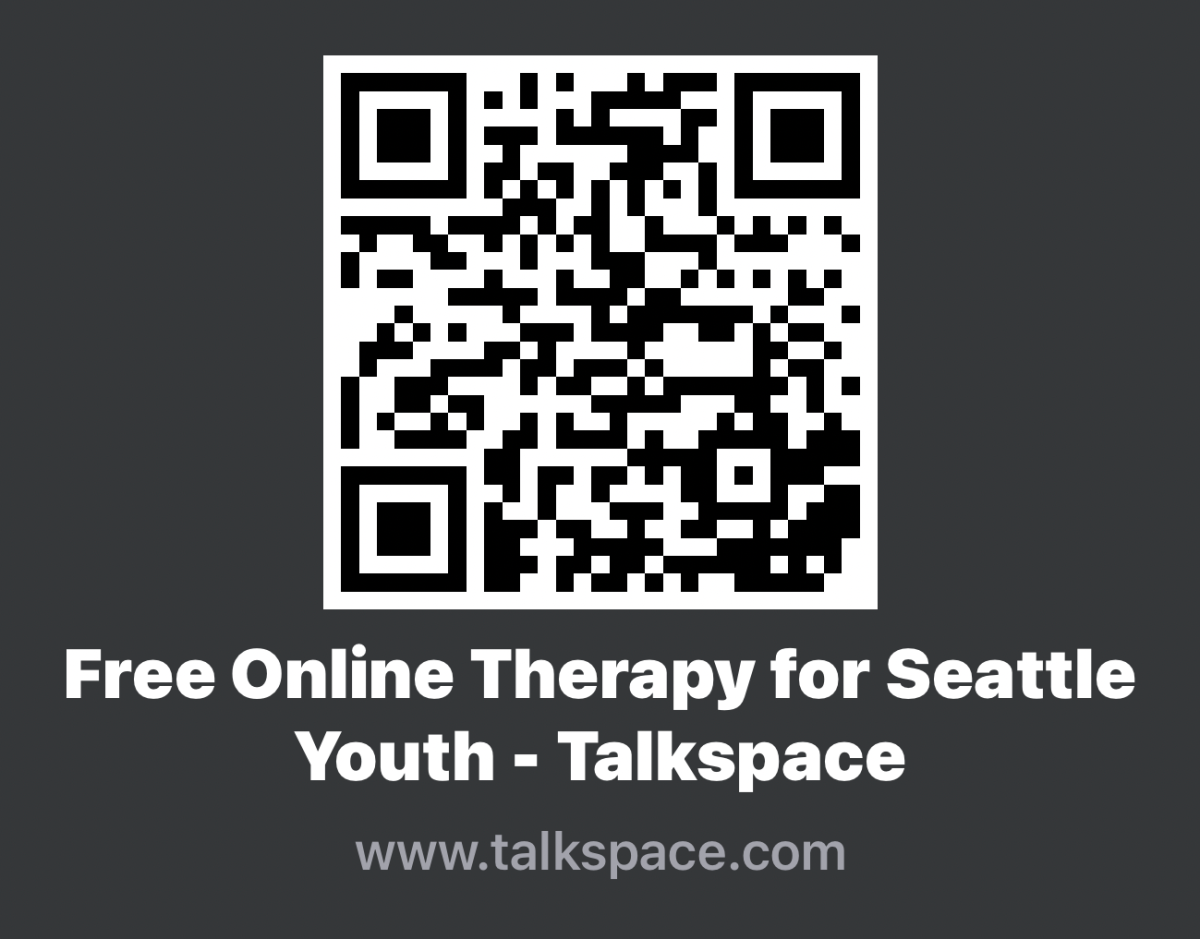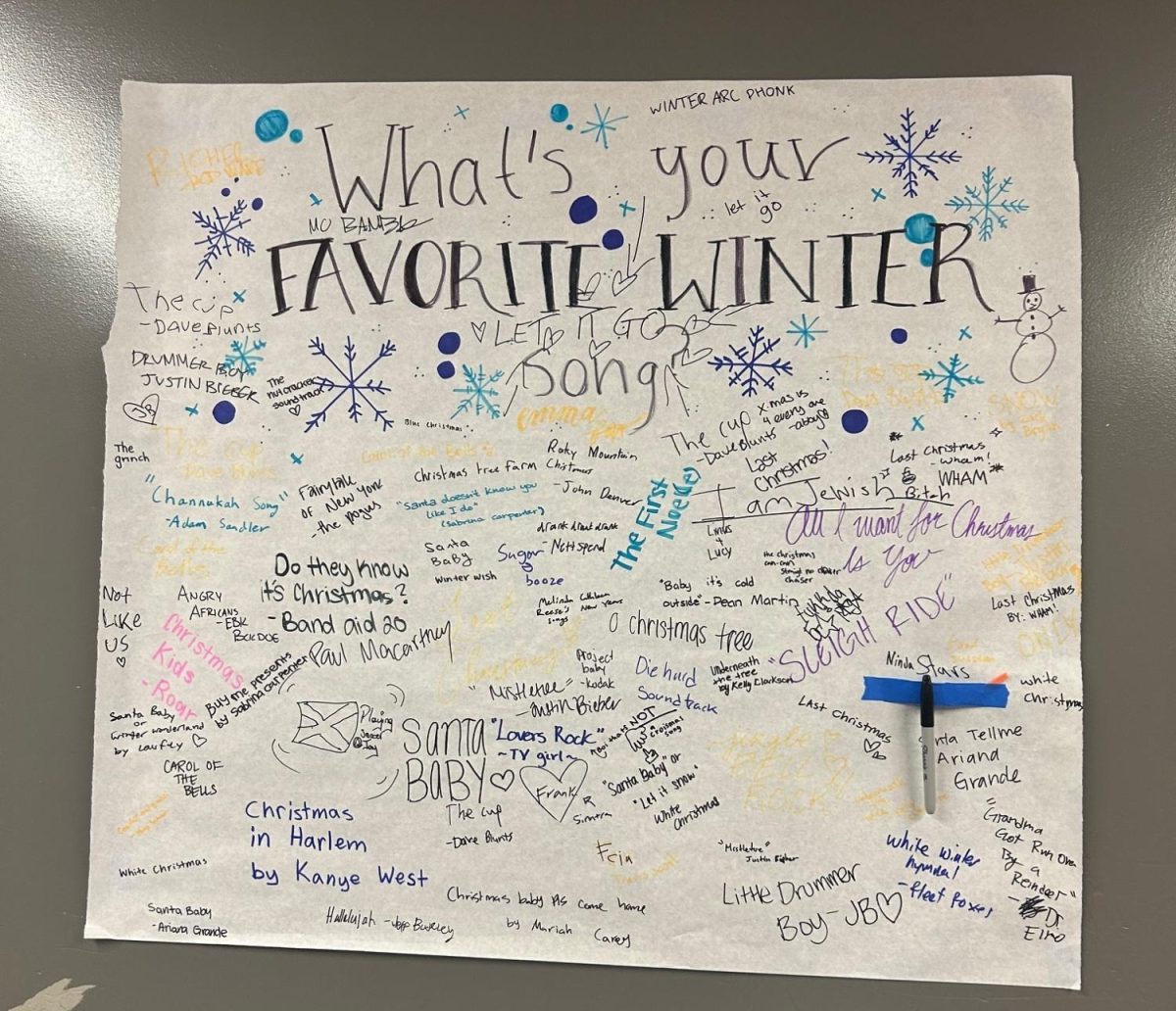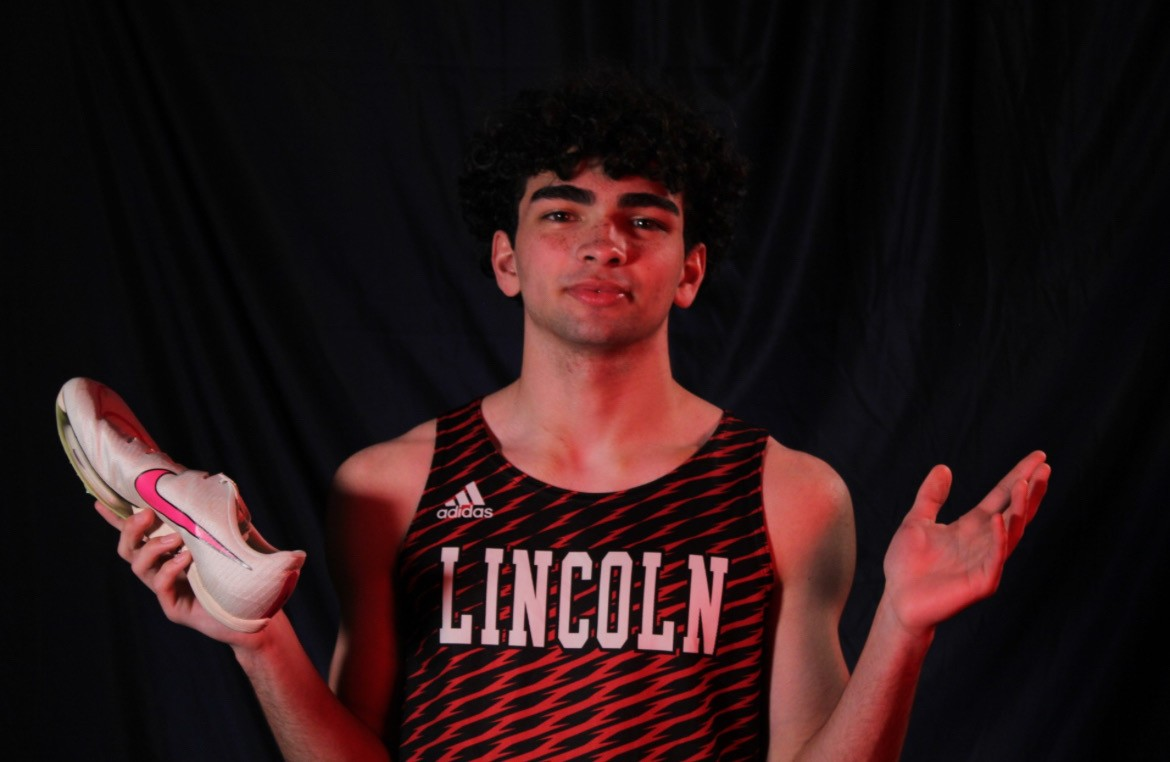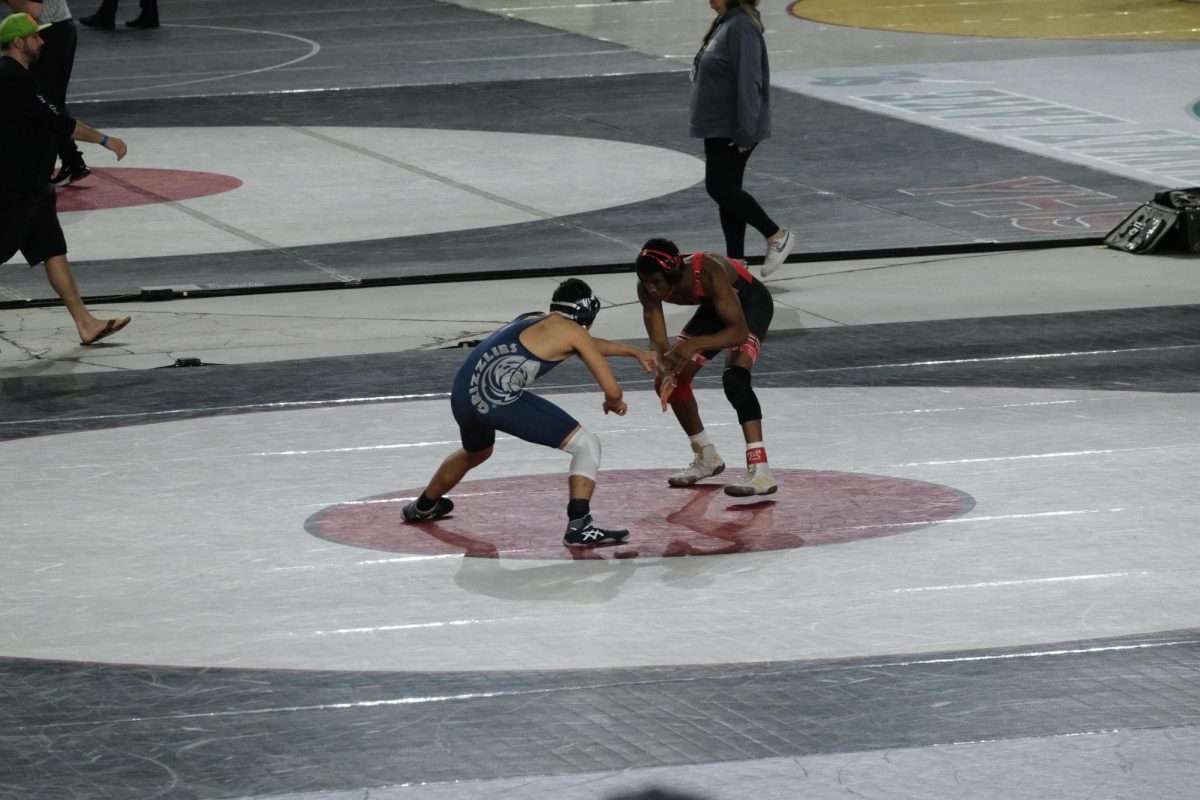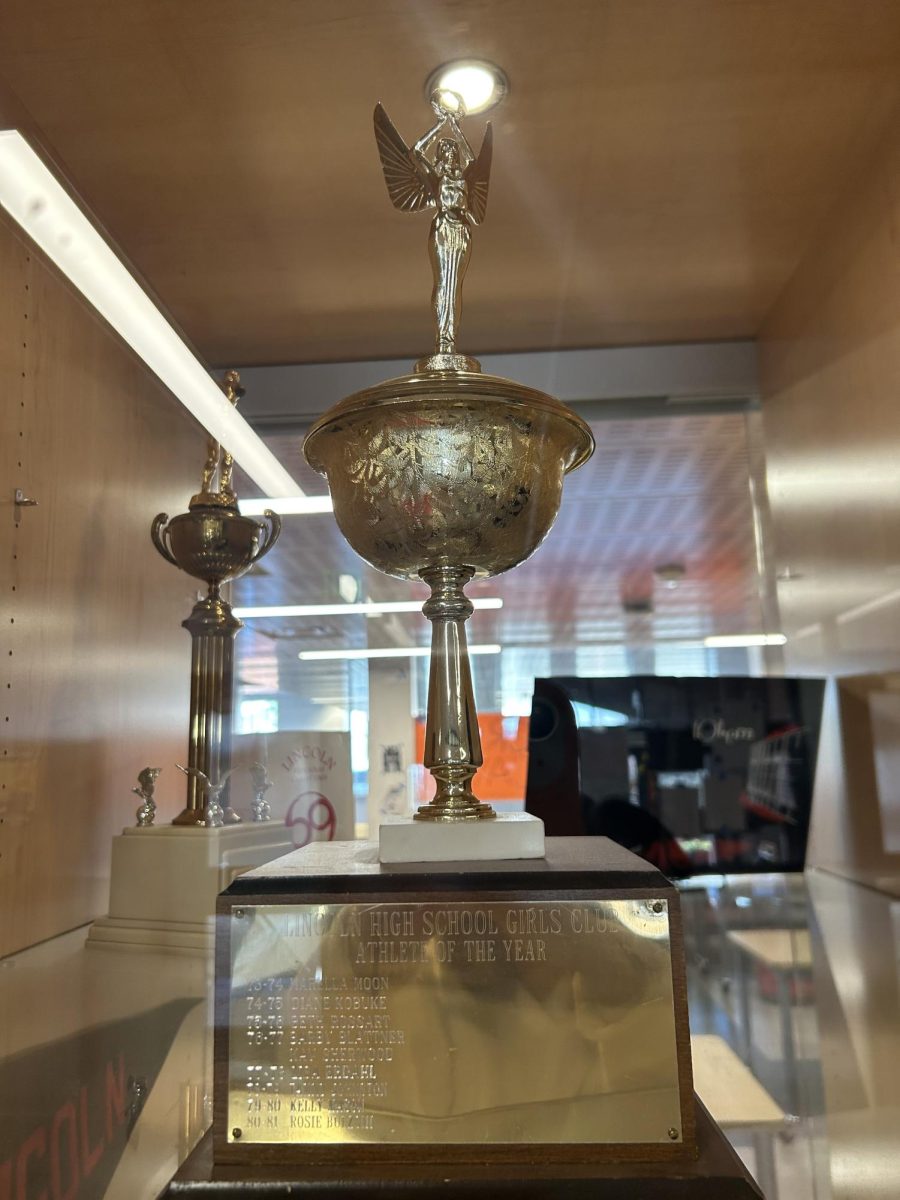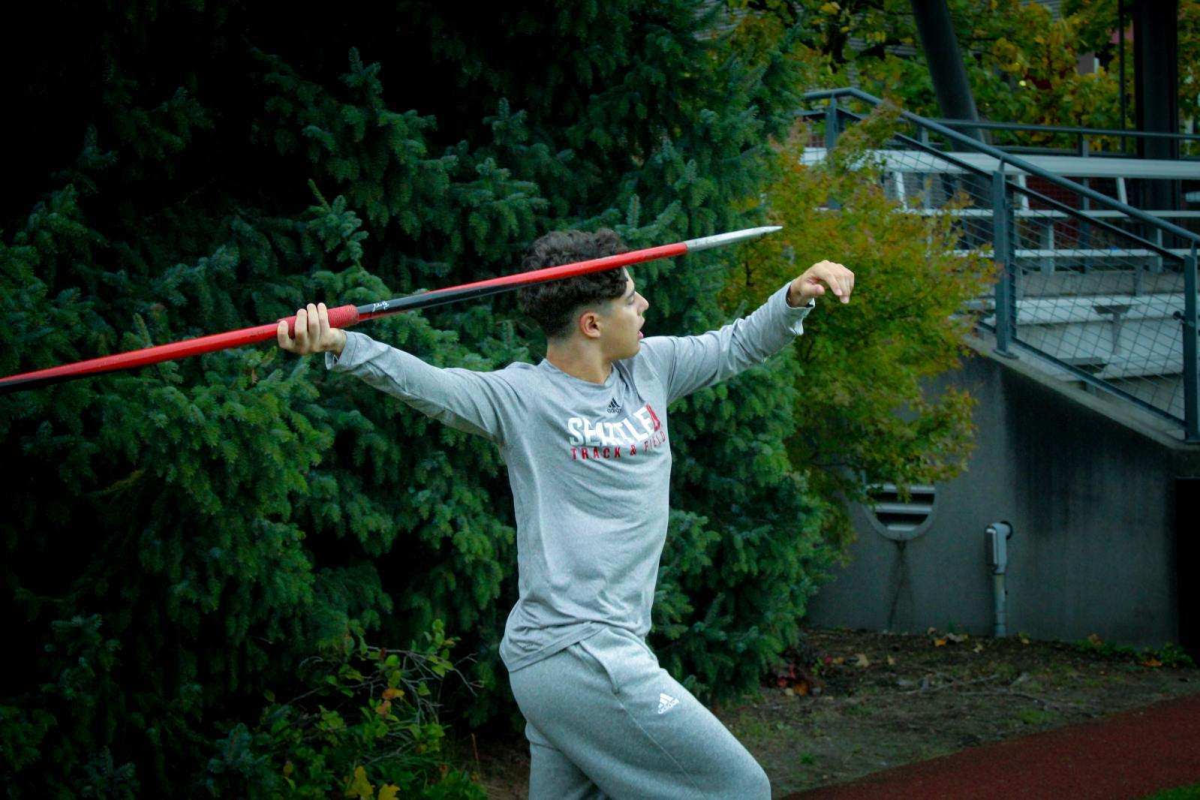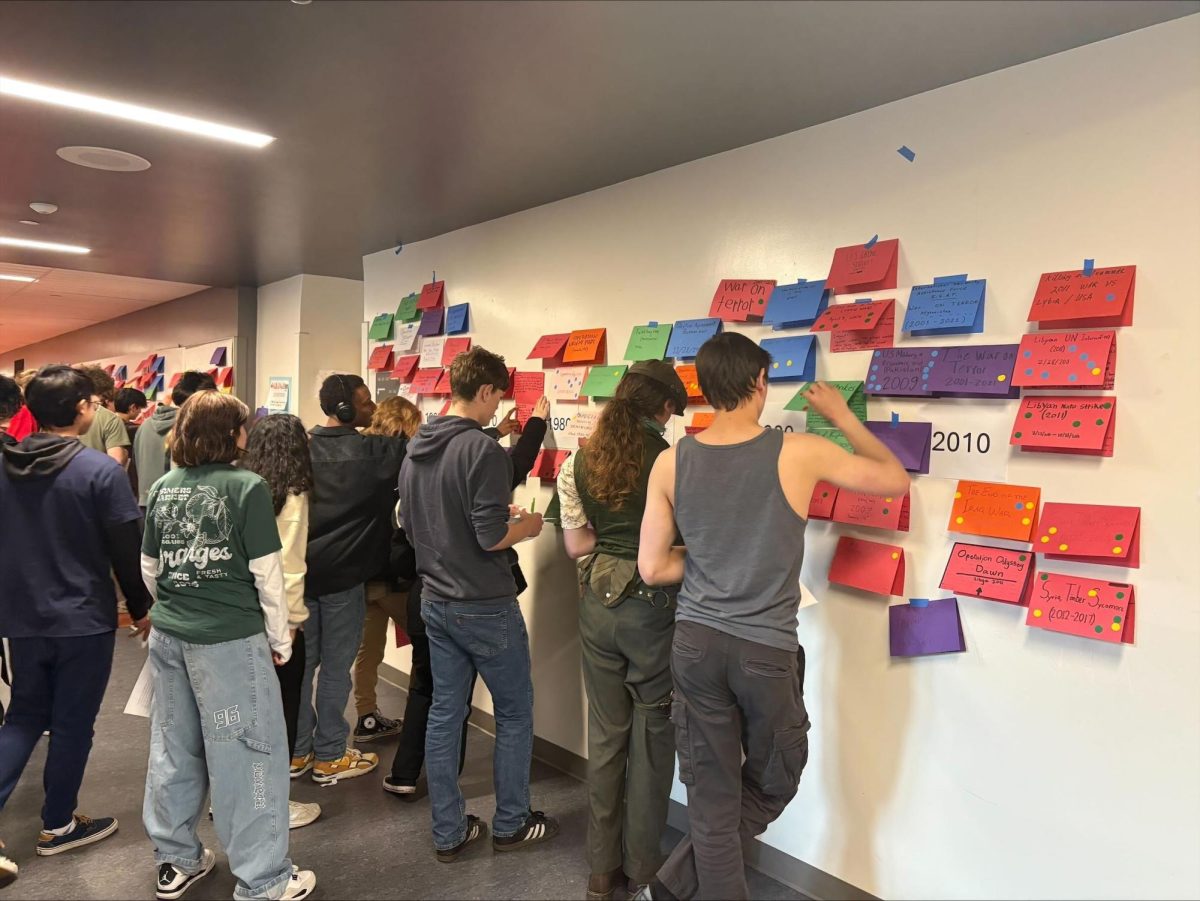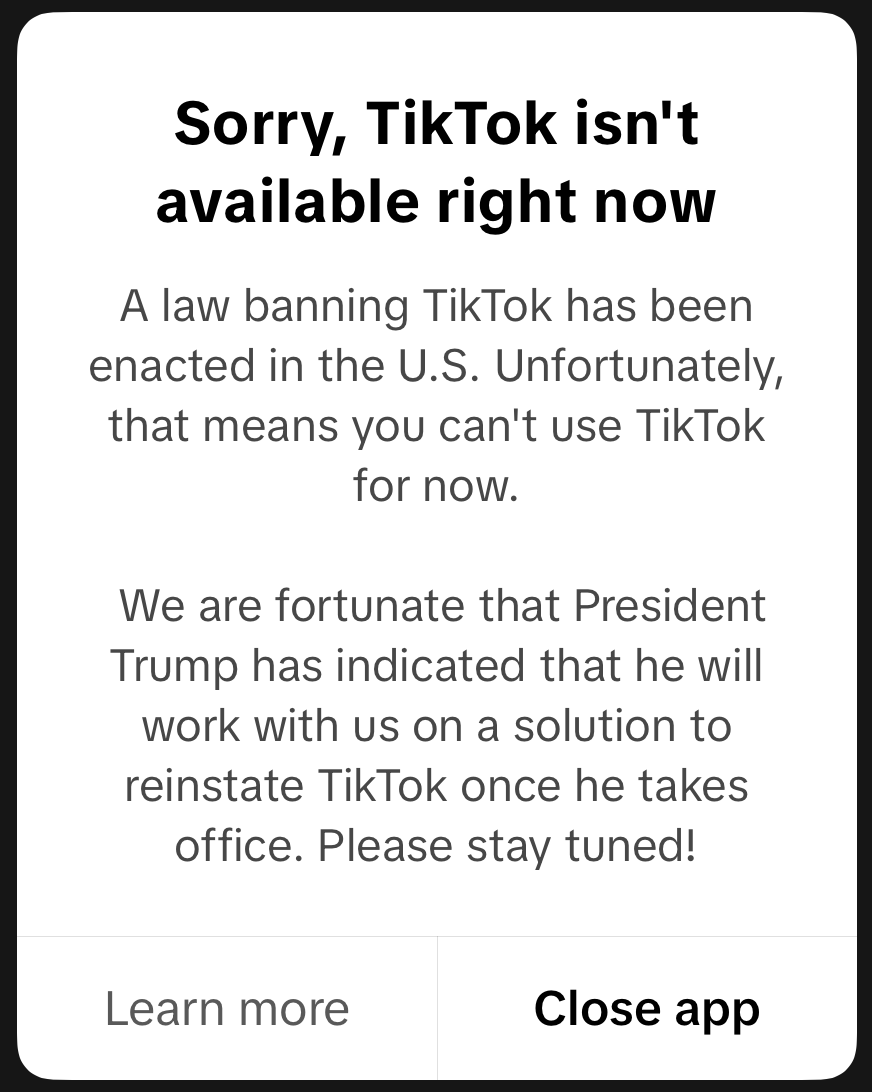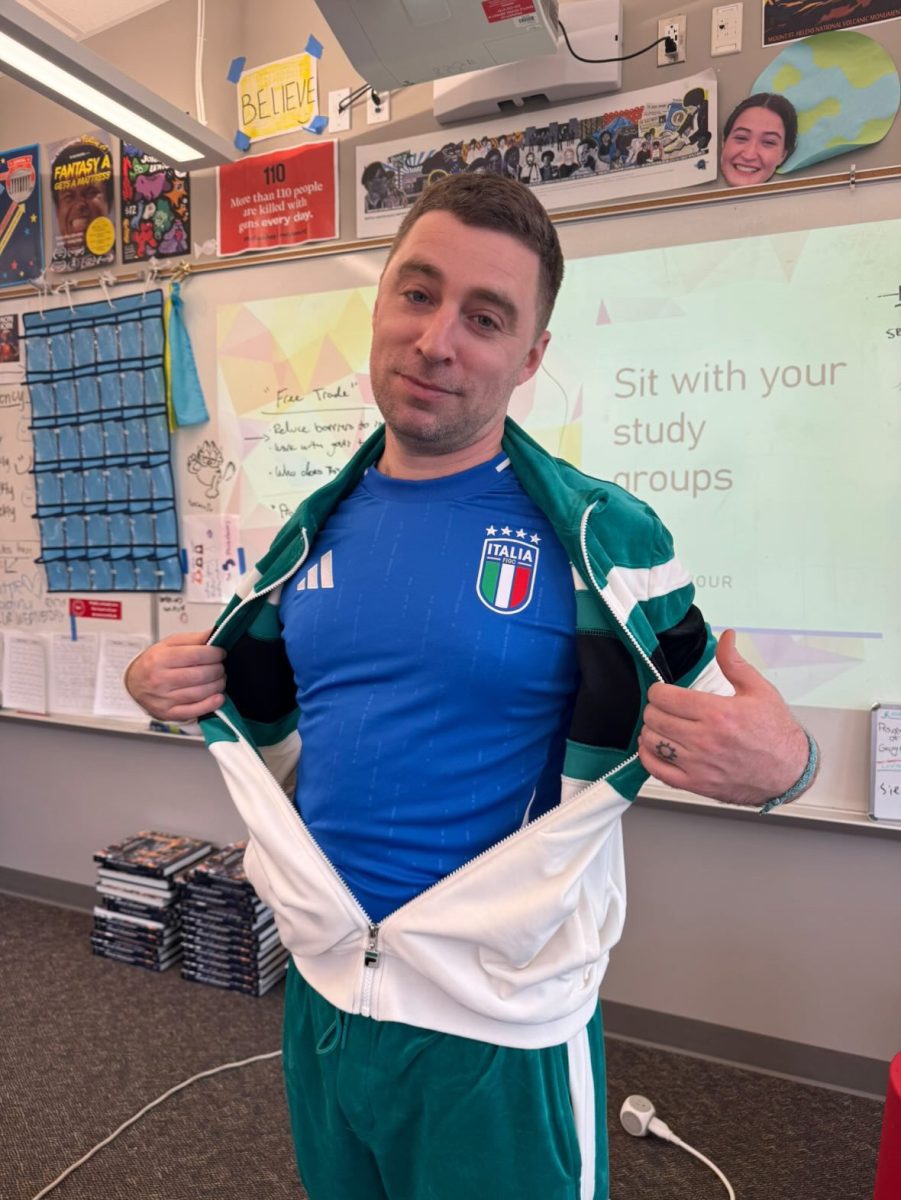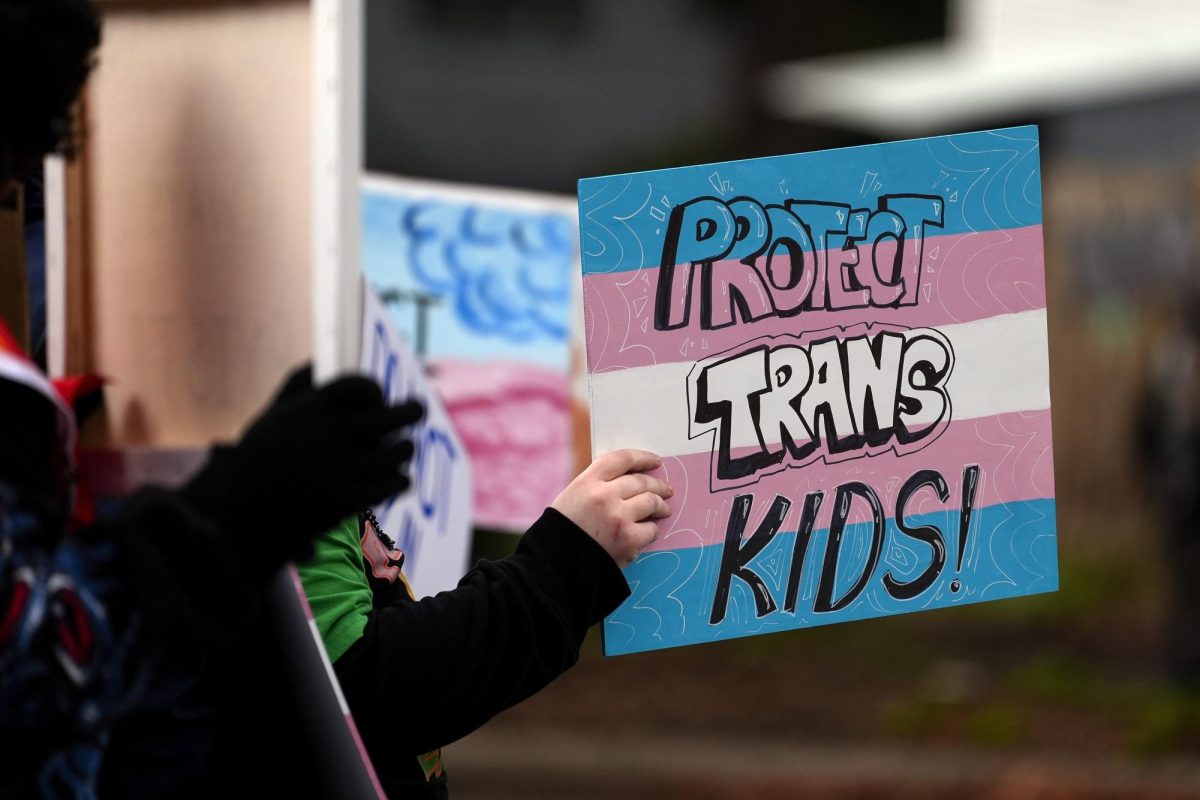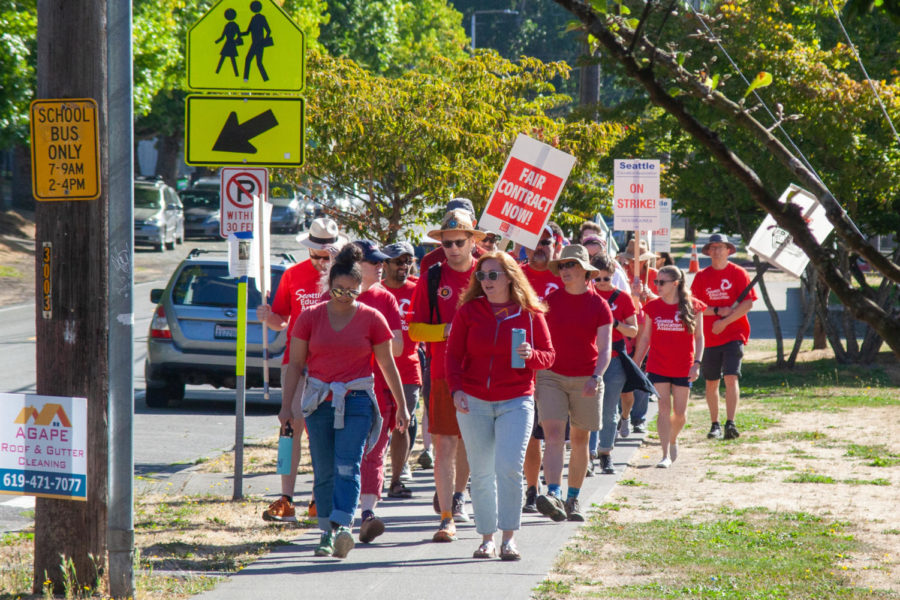The Strike
Teachers protesting at Nathan Hale
October 17, 2022

On September 6th, students around Seattle began to prepare for the first day of school, when they got an email announcing that school was postponed due to teachers striking.
The Seattle Education Association (SEA) and Seattle Public Schools (SPS) had been discussing a contract to improve issues in our district and schools identified by the SEA. However, these changes are hard to make, as SPS is short on funds. Mr. Burress, a teacher at Lincoln (LHS) and a building representative for SEA, didn’t feel a lot of willingness to negotiate from the district. He said that the proposed offers from SPS often took things away from the educators rather than adding to the negotiations, one example being the removal of free school lunches for students. This began a week full of anticipation: members of the union working tirelessly to improve their workplaces, parents at home figuring out what to do for their children, and students waiting for summer to end.
“The only power that we have collectively is to withhold our labor. When we say okay, we’re not going to continue to work under these circumstances, that’s the only power that we have.” said Mr. D’Amico, an Association Representative for Lincoln High School, who is committed to making schools better places for students to learn.
For many, this strike brought up memories of 2015, when school was suspended for an entire 5-day stretch as educators fought to approve a new contract addressing a range of issues, from equity teams to guaranteed recess. Ms. Myers, another LHS building rep and a member on the SEA board of directors, told us that this time, members working at the district’s office went on strike in unity with teachers. “I think the fact that we’re able to take actions in solidarity with all of our members this time, it was very different than in 2015.”
So, what were educators across the district able to achieve? The SEA was able to accomplish marginal gains like improving aspects of multilingual education and special education. Additionally, there was a focus on increasing the pay of the lower-paid staff which included office professionals, instructional assistants, and many others. But there are still large issues to be addressed.
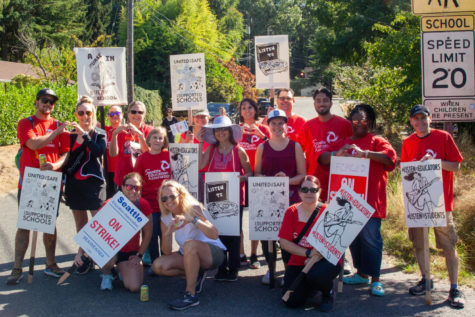
“I have 34 students in multiple classes, our counselors have to have caseloads of over 400 students,” said Mr. D’Amico. High school students are at an age where they can face many different obstacles in their academic journeys and their home lives and might require support from their teachers and counselors. When classes become overfull with more than 30 kids, it’s much more difficult for teachers to offer the one-on-one support that can be so vital. Mr. Burress said that education needs to be a supportive and fair environment for students to learn and succeed, which the district currently isn’t providing.
The SEA was able to come together to fight for these issues and Ms. Myers believes this is only a starting point. The union learned to properly organize and from here, change-making will get easier. Mr. Burress said that although this strike did not accomplish everything, there are parts to be proud of. “We practiced using our power.”
What can you, reading this article, do to help? Mr. D’Amico says that “the number one thing right now is to contact Washington state representatives, Washington state senators and put forth a bill that will provide a better funding structure for school districts. We need way more counselors, we need way more mental health supports, we need more teachers, we need small class sizes.”
Mr. Burress wants to remind students that they can get involved with school board meetings. All meetings are accessible to the public, and once you’re 18 you can run for the board. Moving forward in life, Ms. Jones, a teacher at Lincoln says, “It’s important to think about ‘What are the specific things?’, ‘Are the actions being followed up?’… and then I think also just being mindful about where the leadership is coming from.”
Our teachers and our educators help students every day. These issues impact us all and are things we must be aware of now and in the future.

